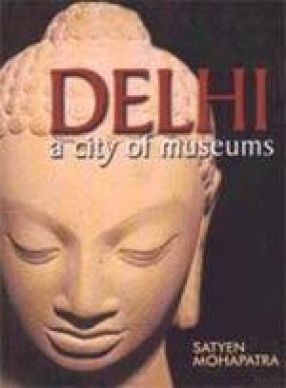The study of western Indian Buddhist caves has always been concerned with the chronology of the caves based on the political chronology of ruling dynasties. The present work is an attempt to a broader concern with the visuality and its pattern of architectural and decorative designs such as how a particular pattern of articulation was evolved? How did the artisans work in the society with the available tradition/skill and what was the role and politics of patronage? How the early Mahayana developments can be traced within the region itself?
It also presents a critic of consciousness of interpreters as reflected through their subjective positions. It’s an endeavor to question many normative interpretations that have been produced in recent past. It moves away from the concept of homogeneity of tradition and attempts to understand difference in tradition and theoretical formulations. The book is also an attempt to see Ajanta and western Deccan caves very differently from the conventional perspectives.
Contents: Preface; List of Figures; Transliteration Keys; Introduction; 1. The Background Conditions; 2. Patronage; 3. Art and Architecture: Early Caves; 4. Art and Architecture: Locating Early Mahayana Caves and Ajanta; 5. Epilogue; Appendices; Appendix-I: Walter Spink and Ajanta’s Chronology; Appendix-II: Notes on Measurements of the Caves; Select Bibliography; Index; Plates.





There are no reviews yet.